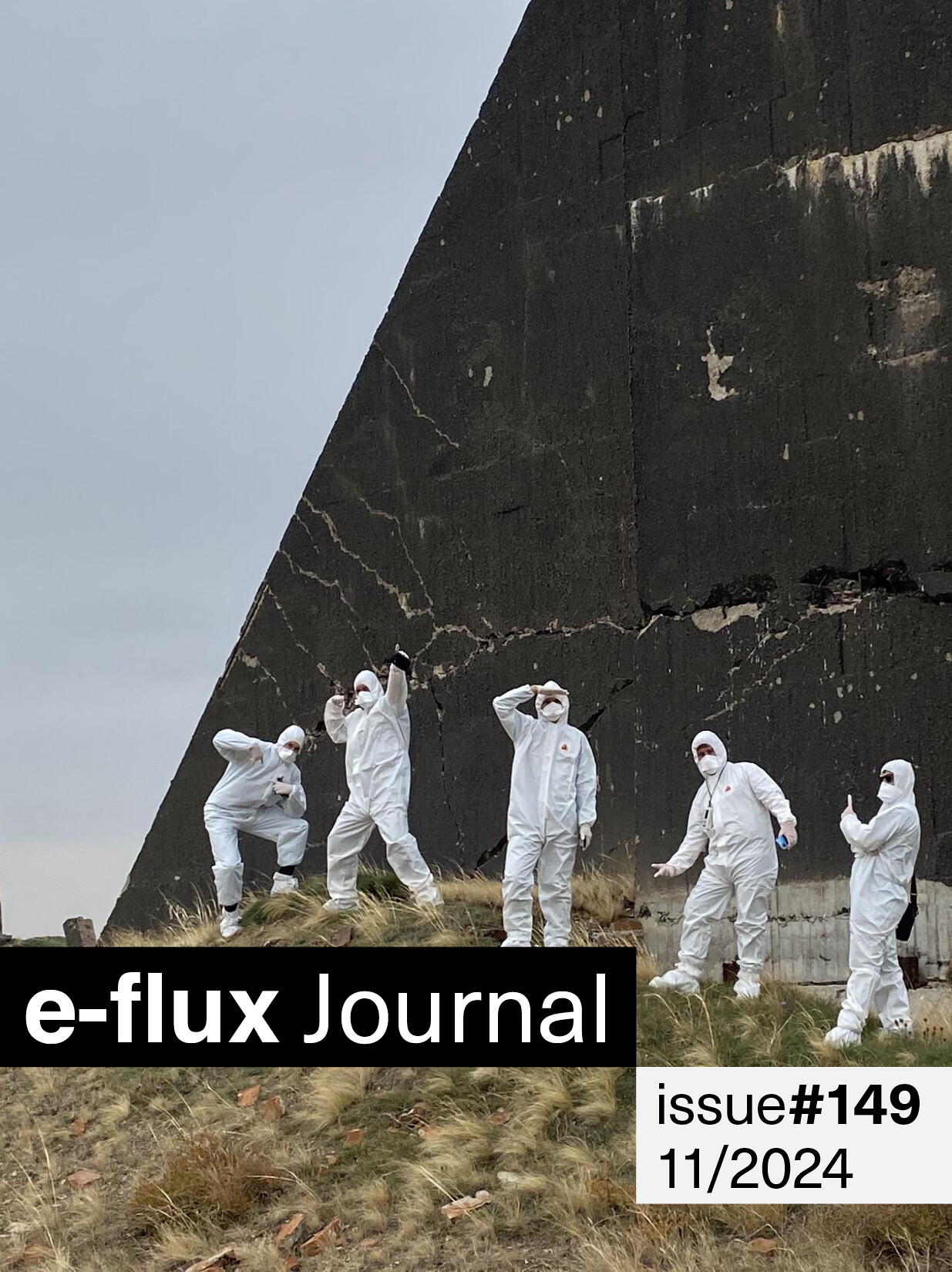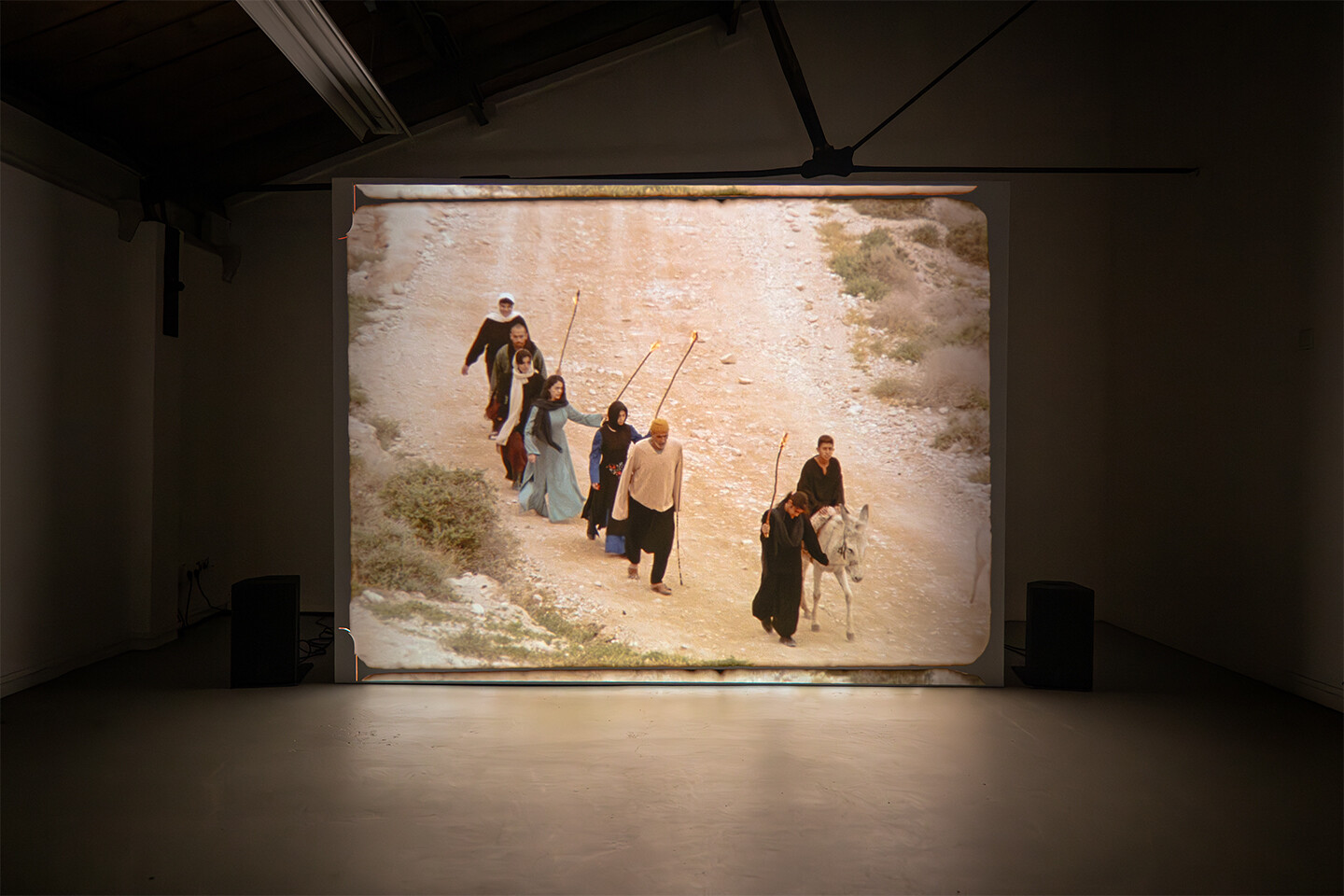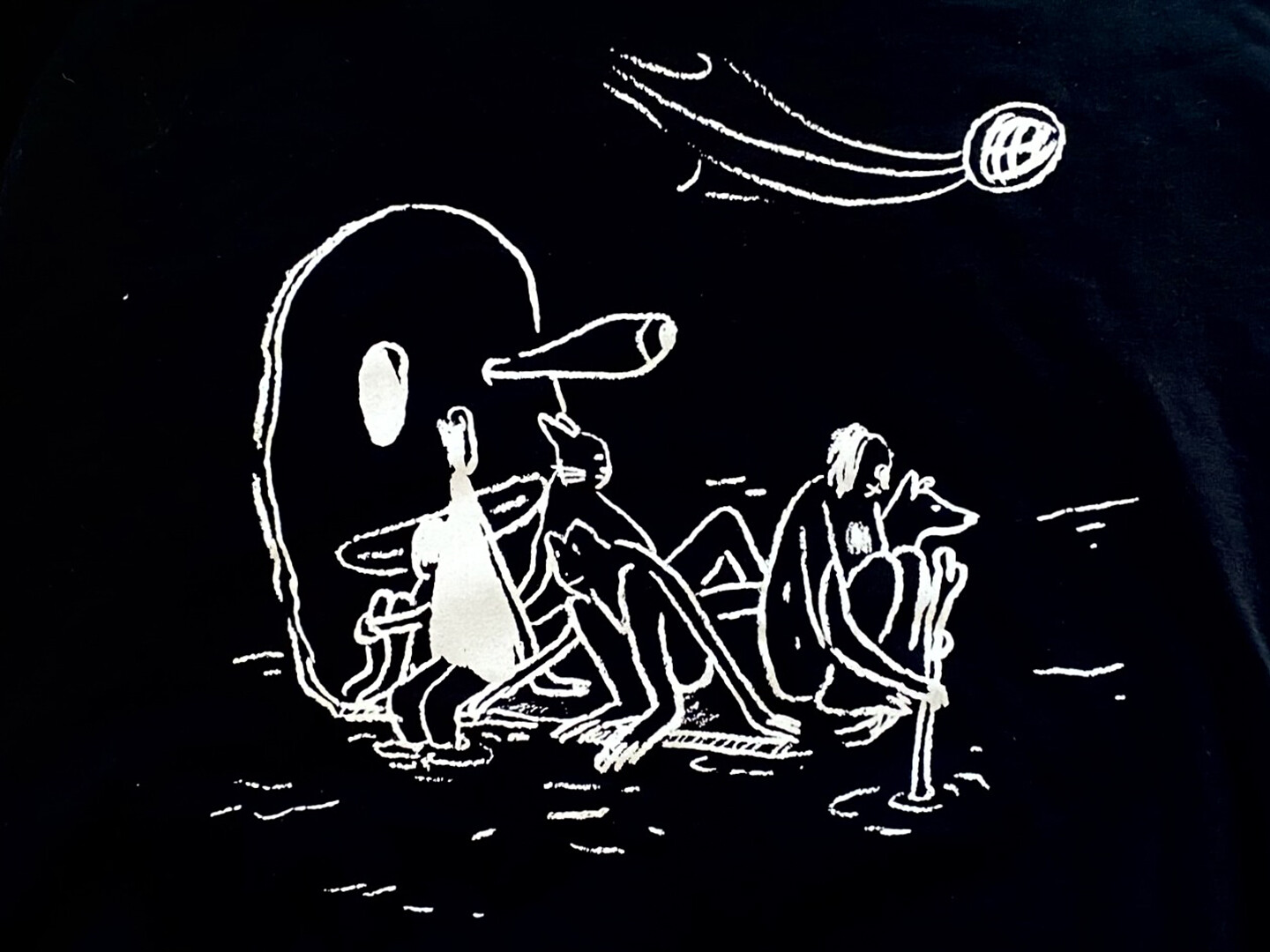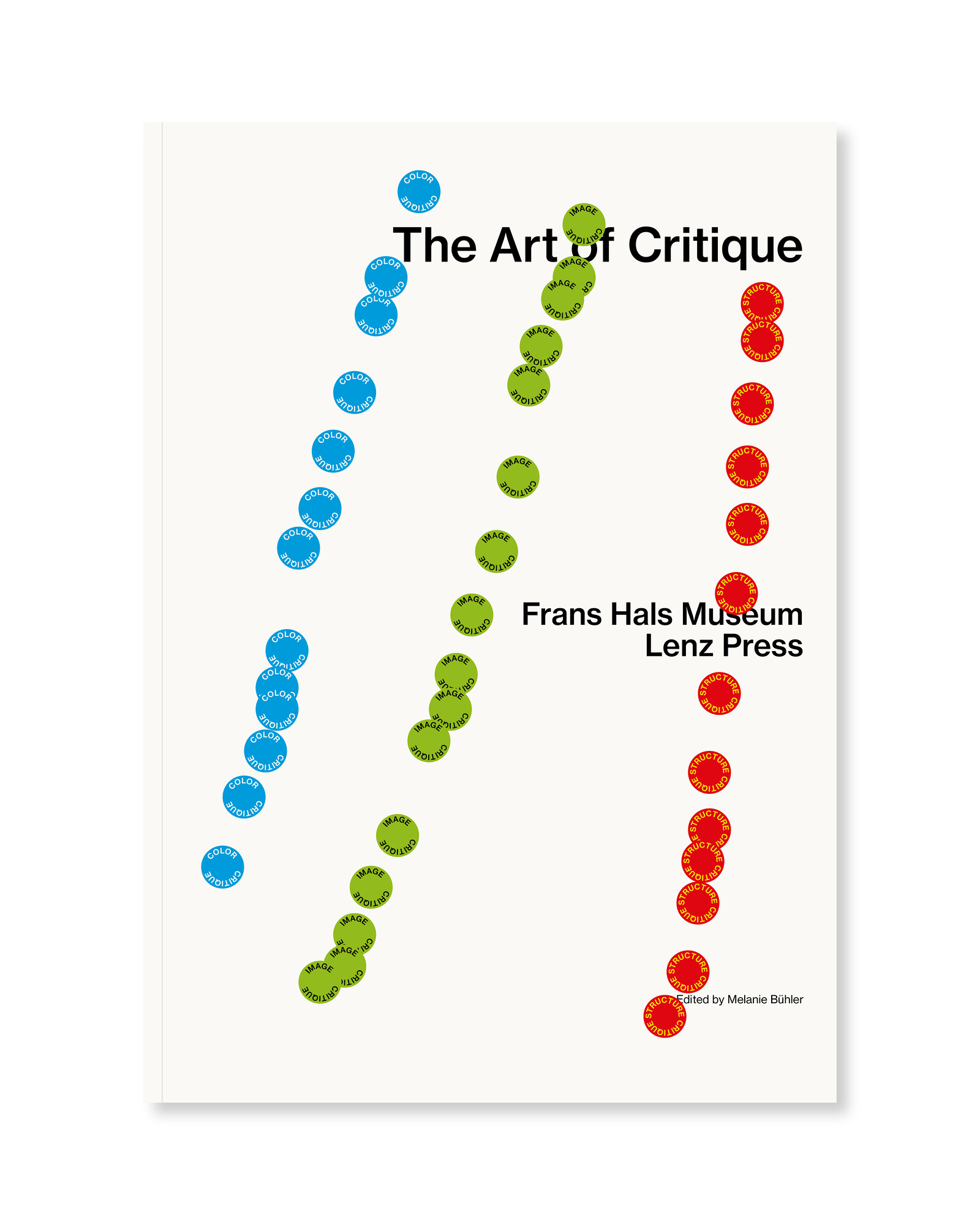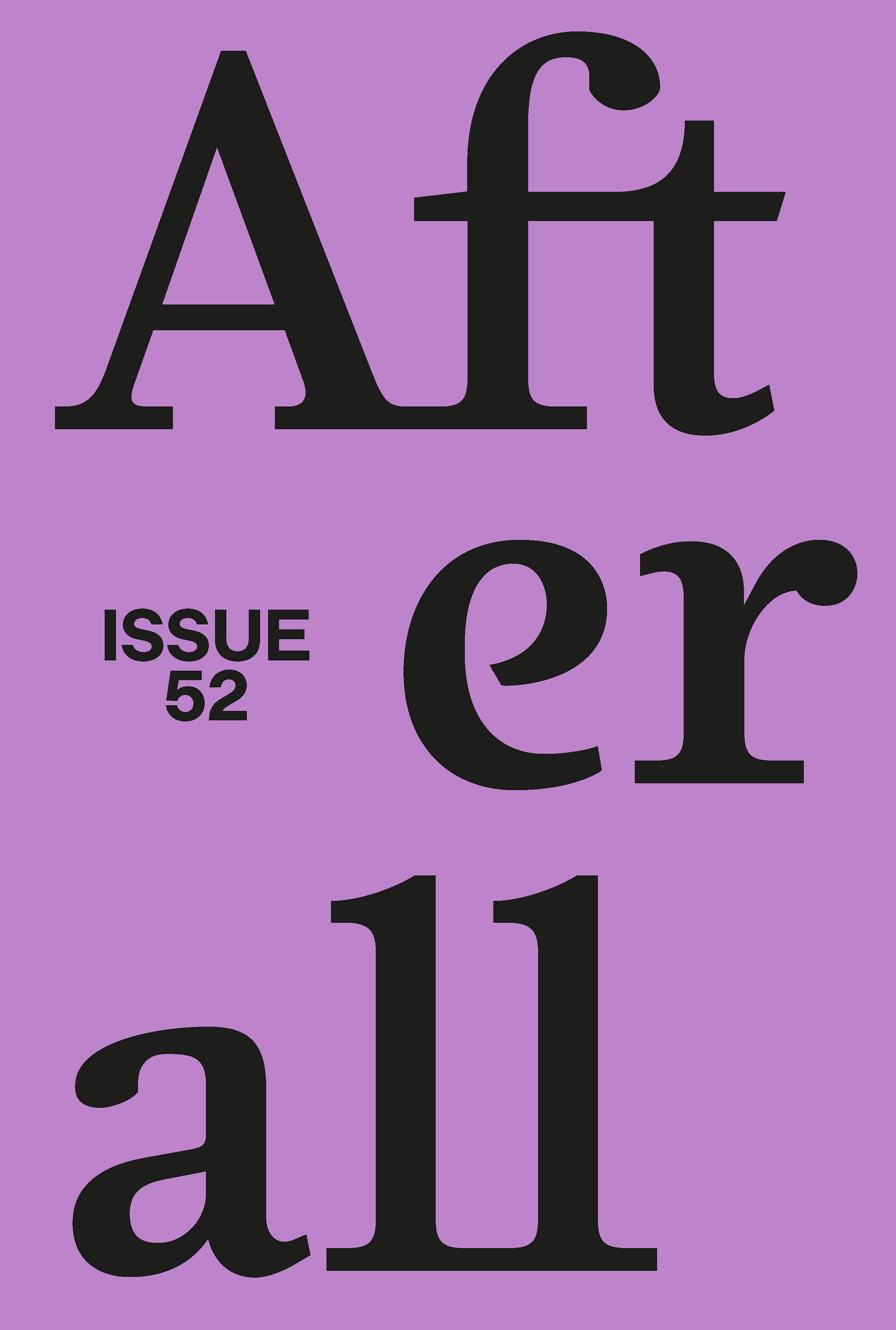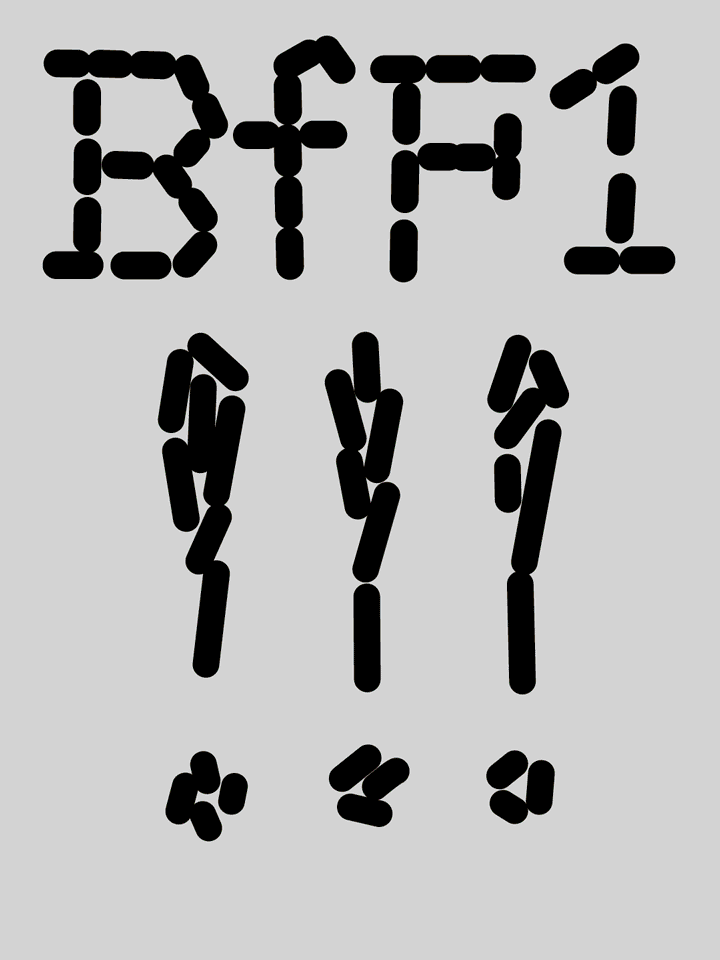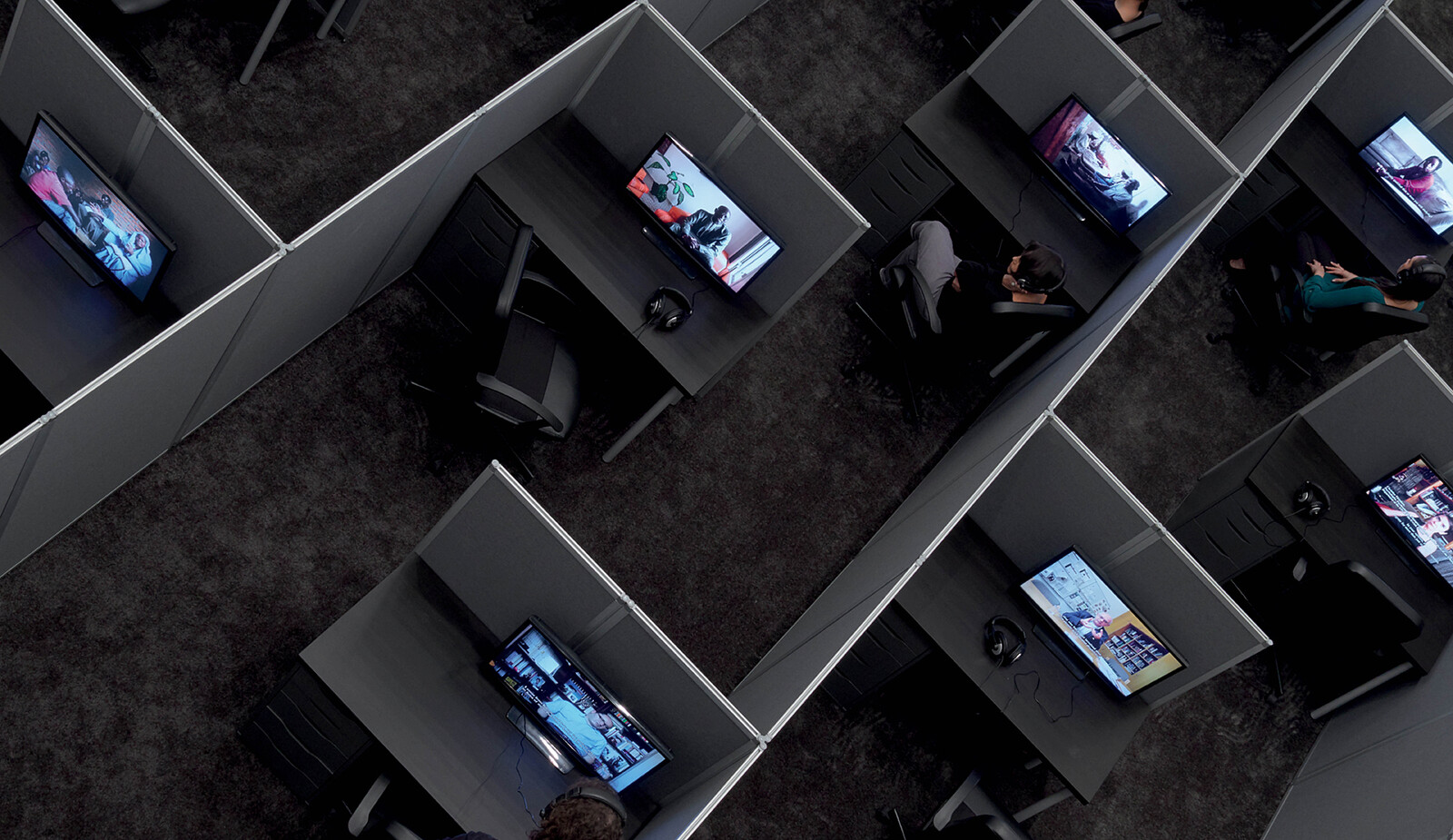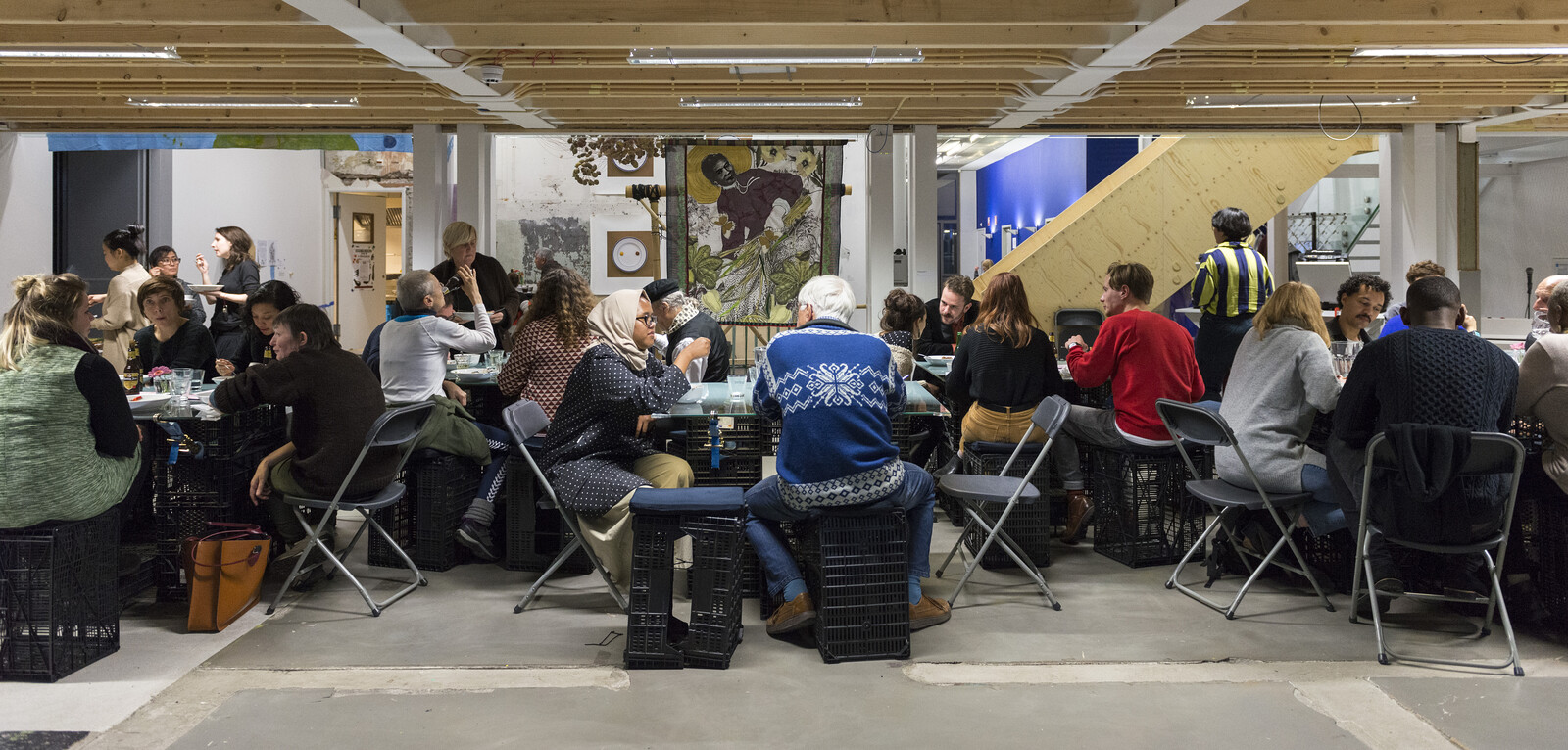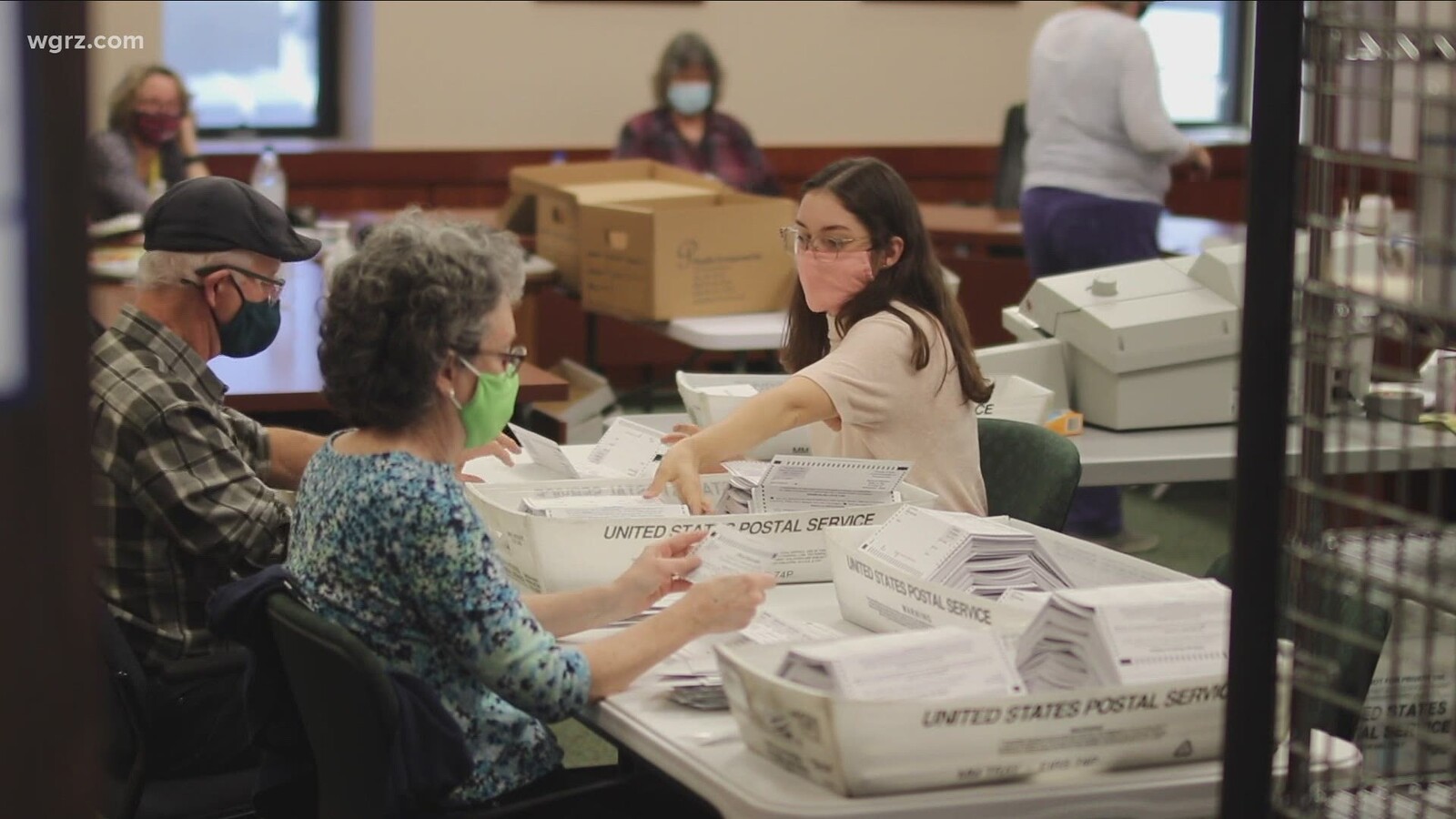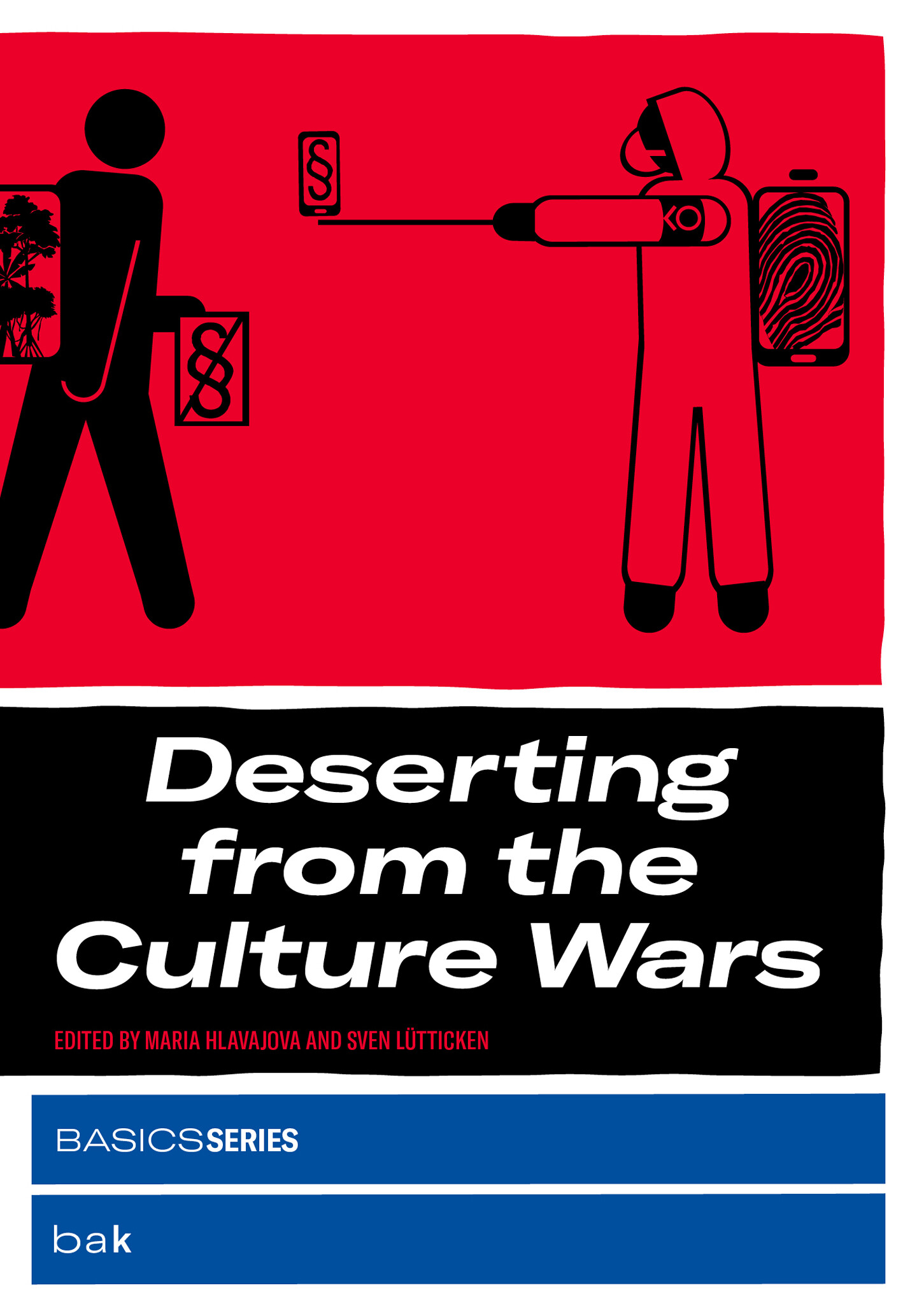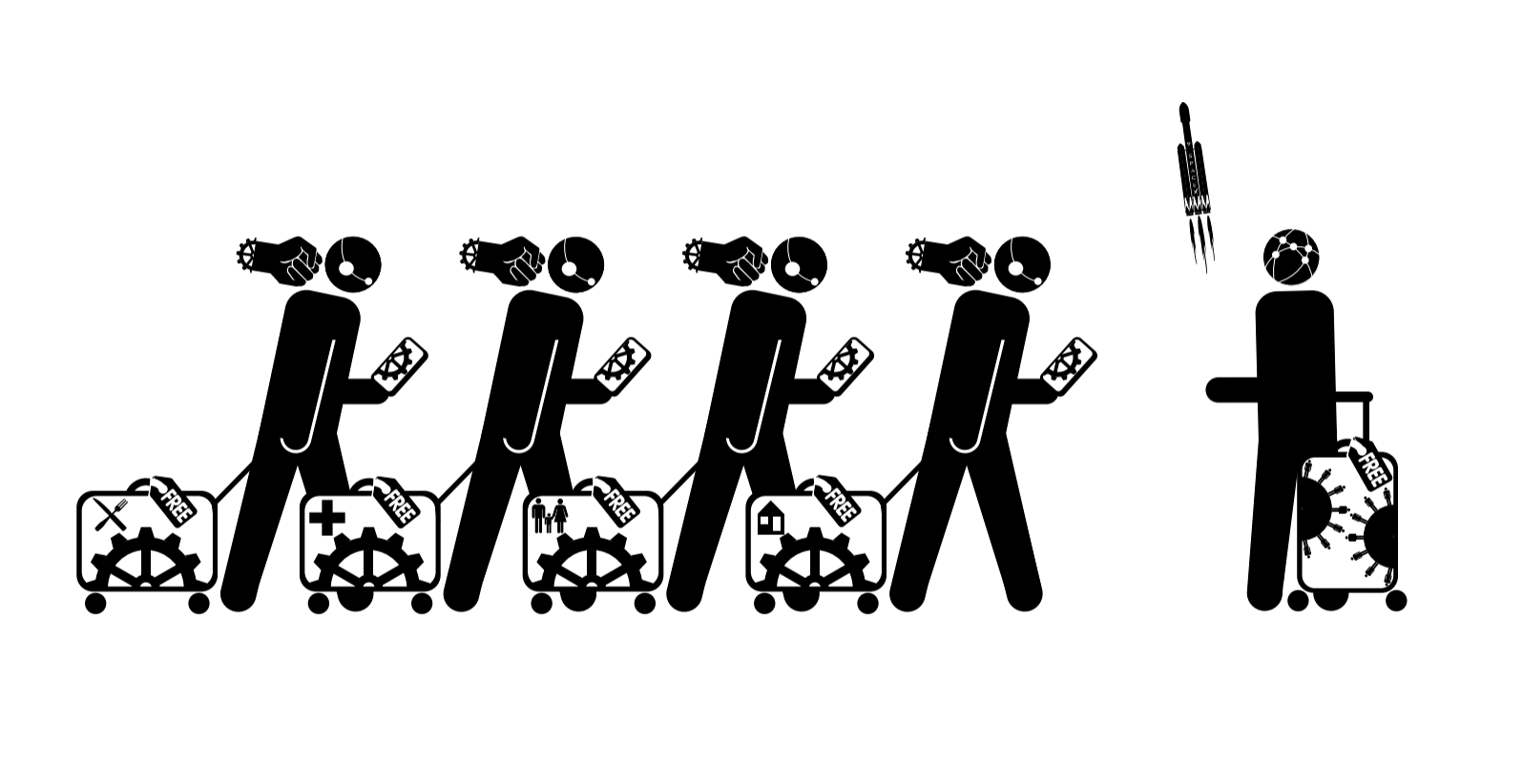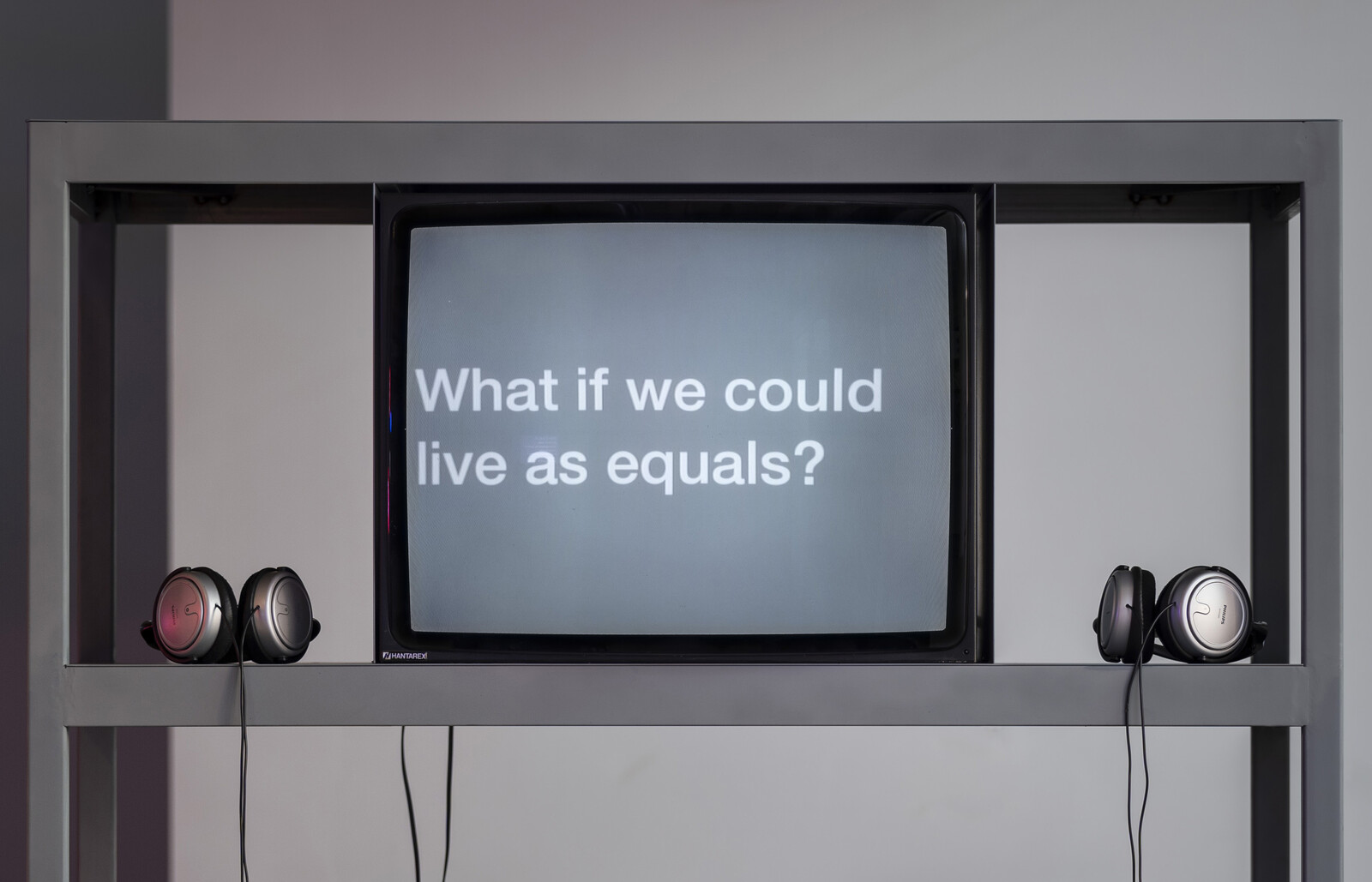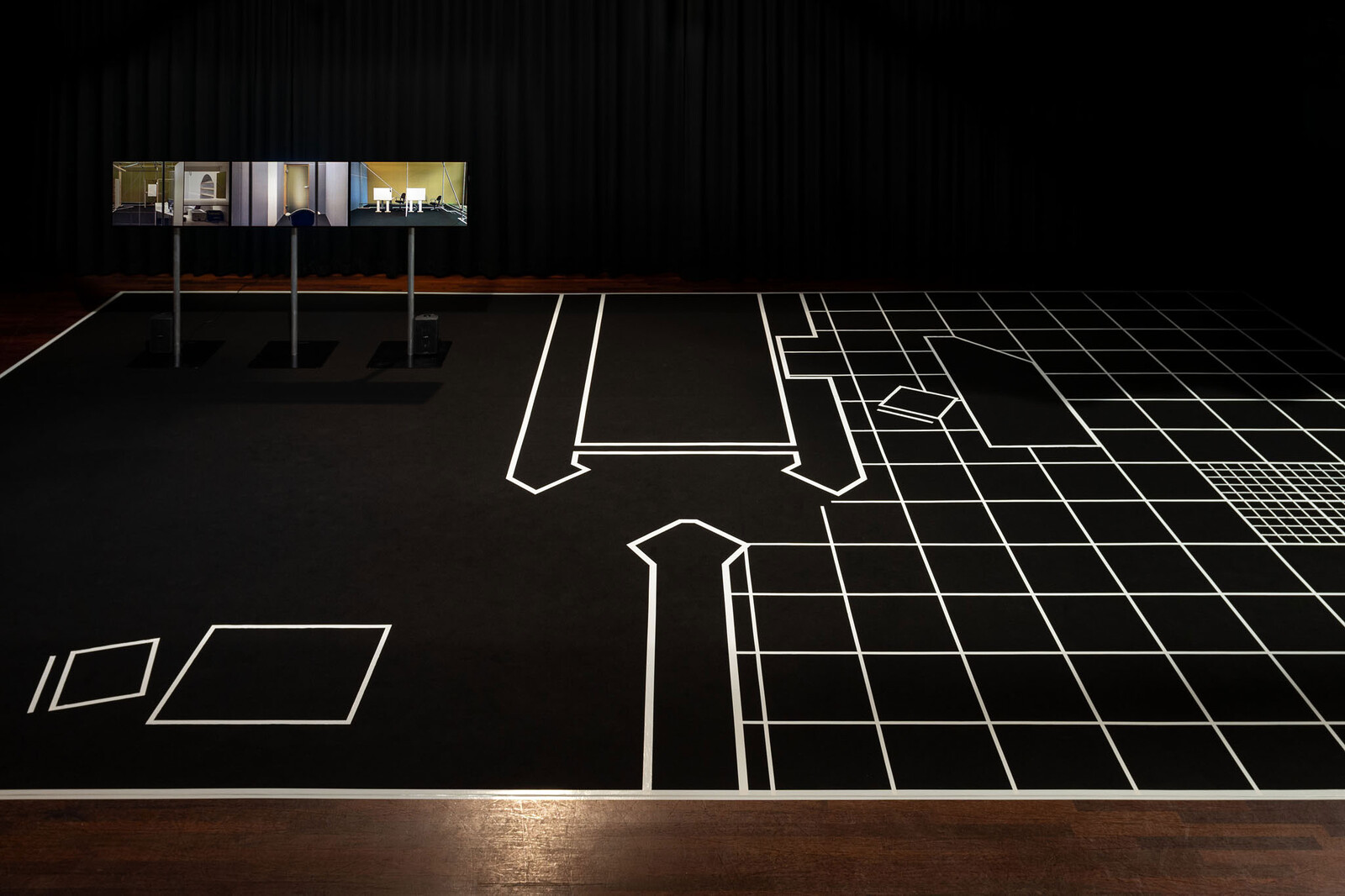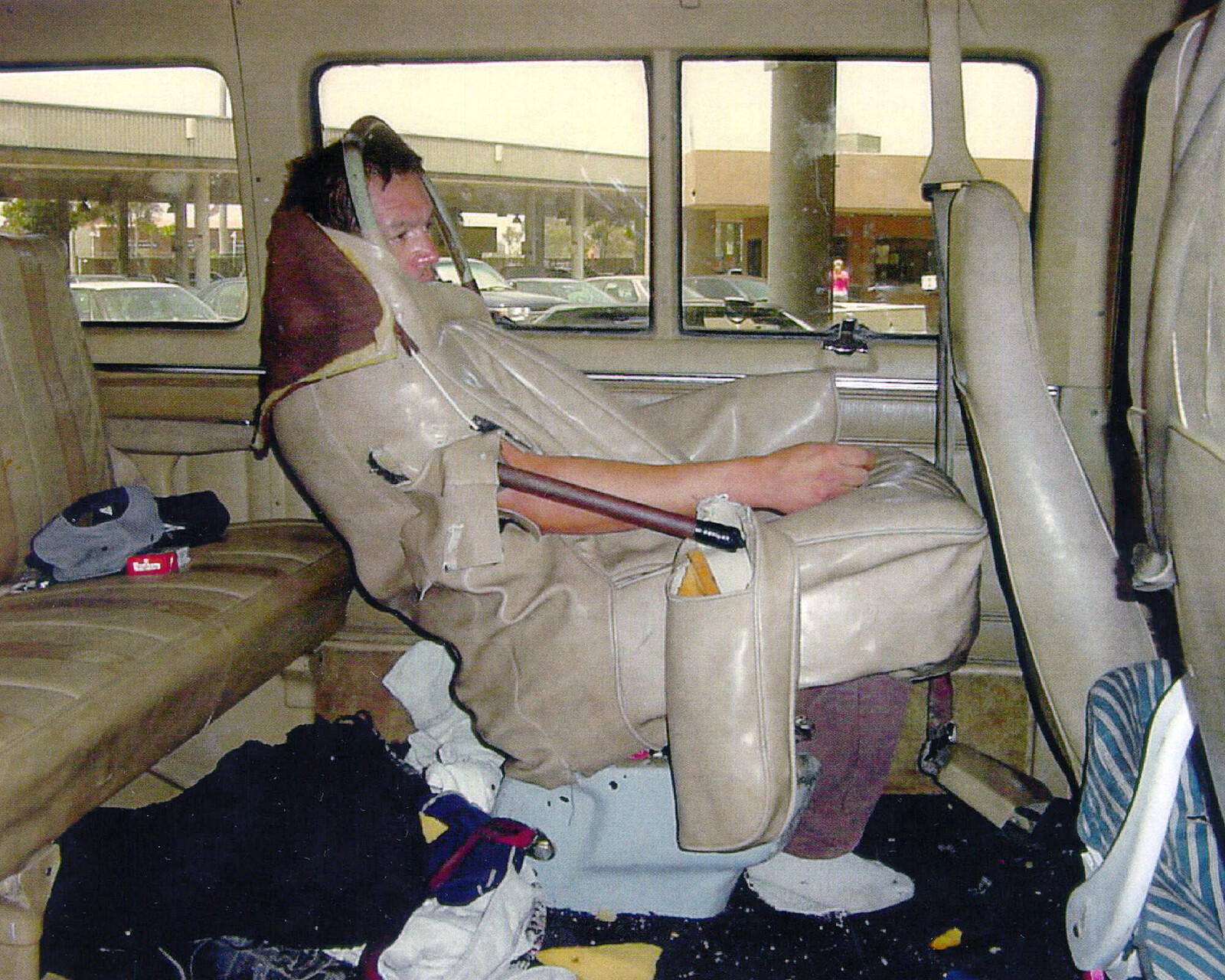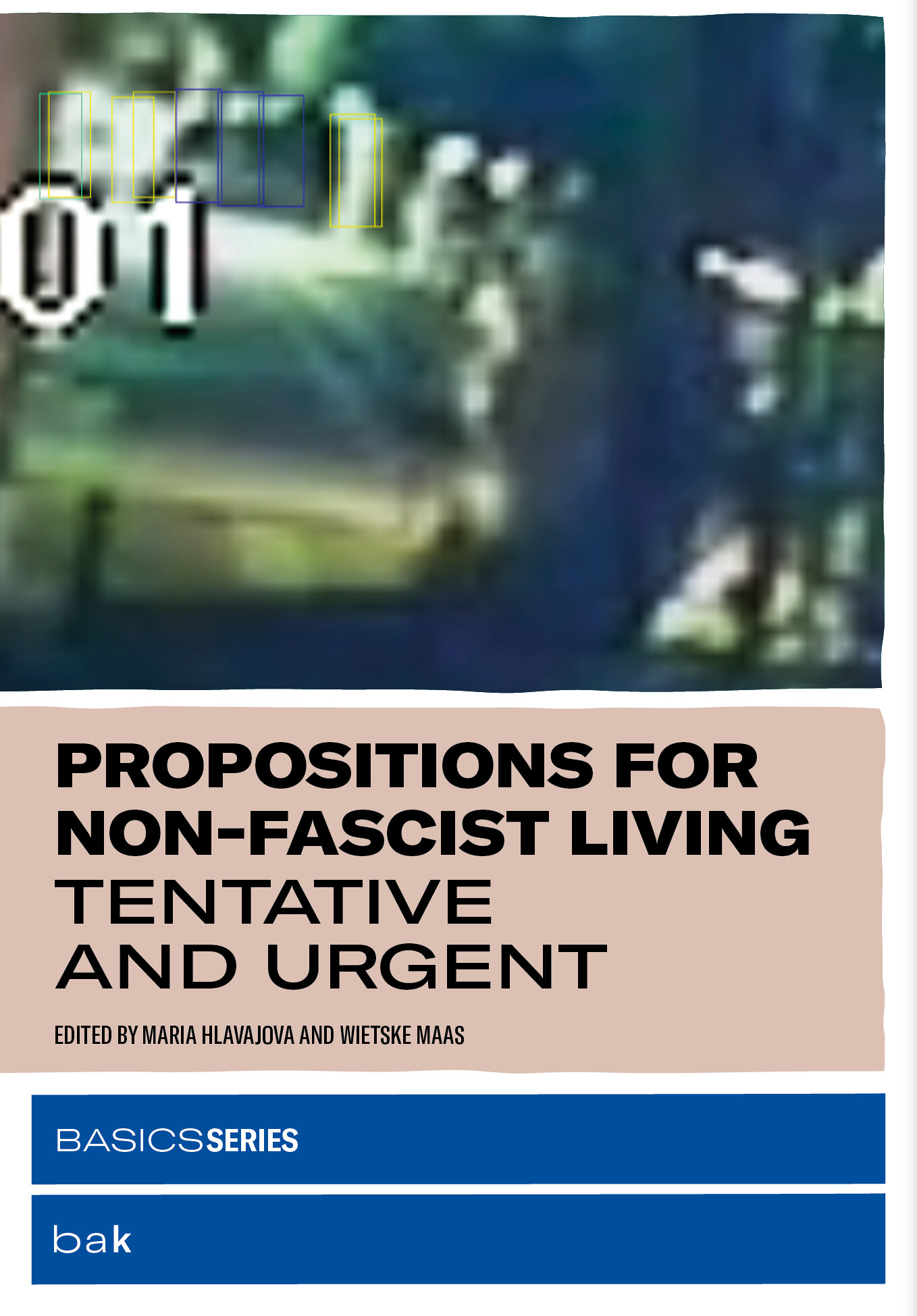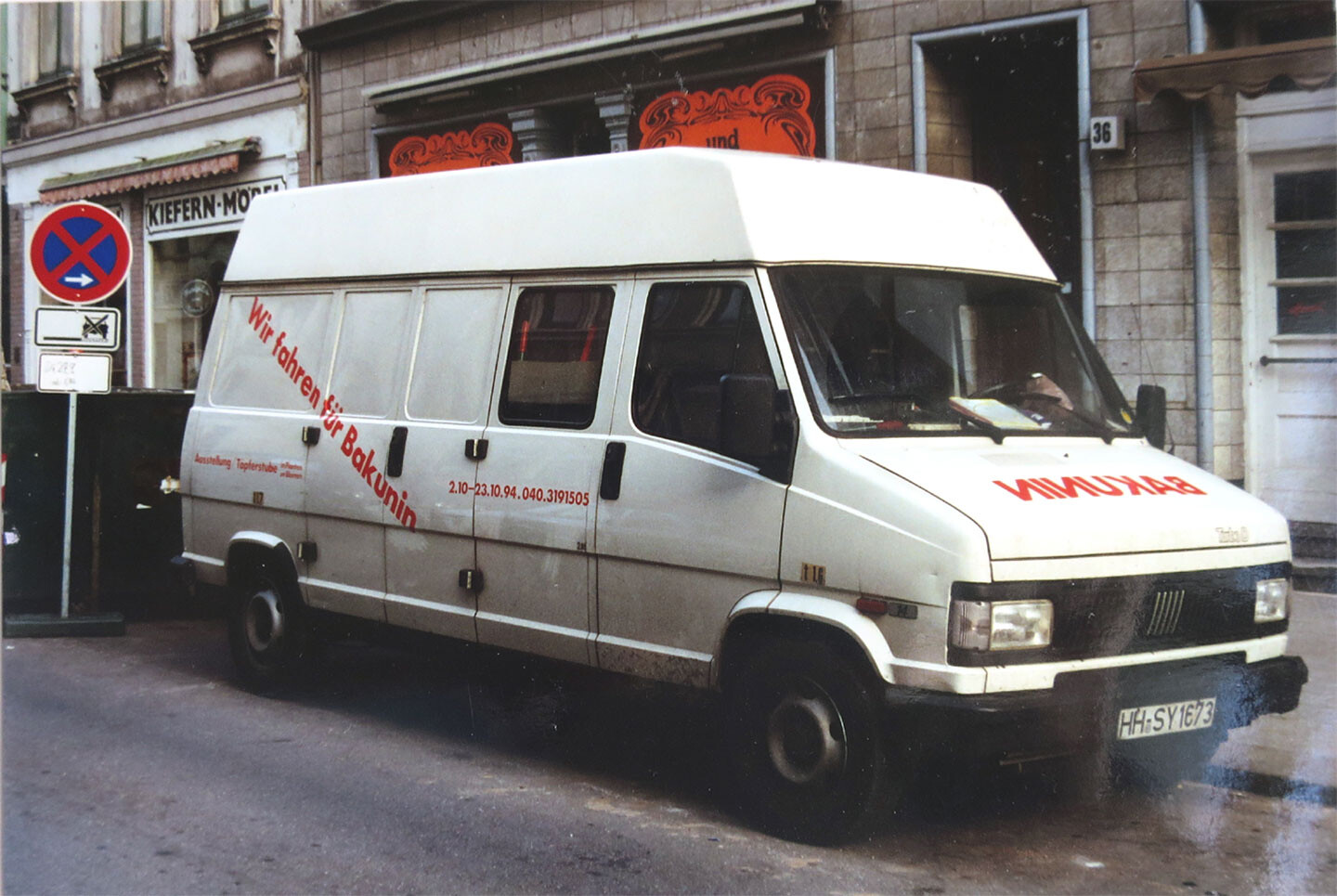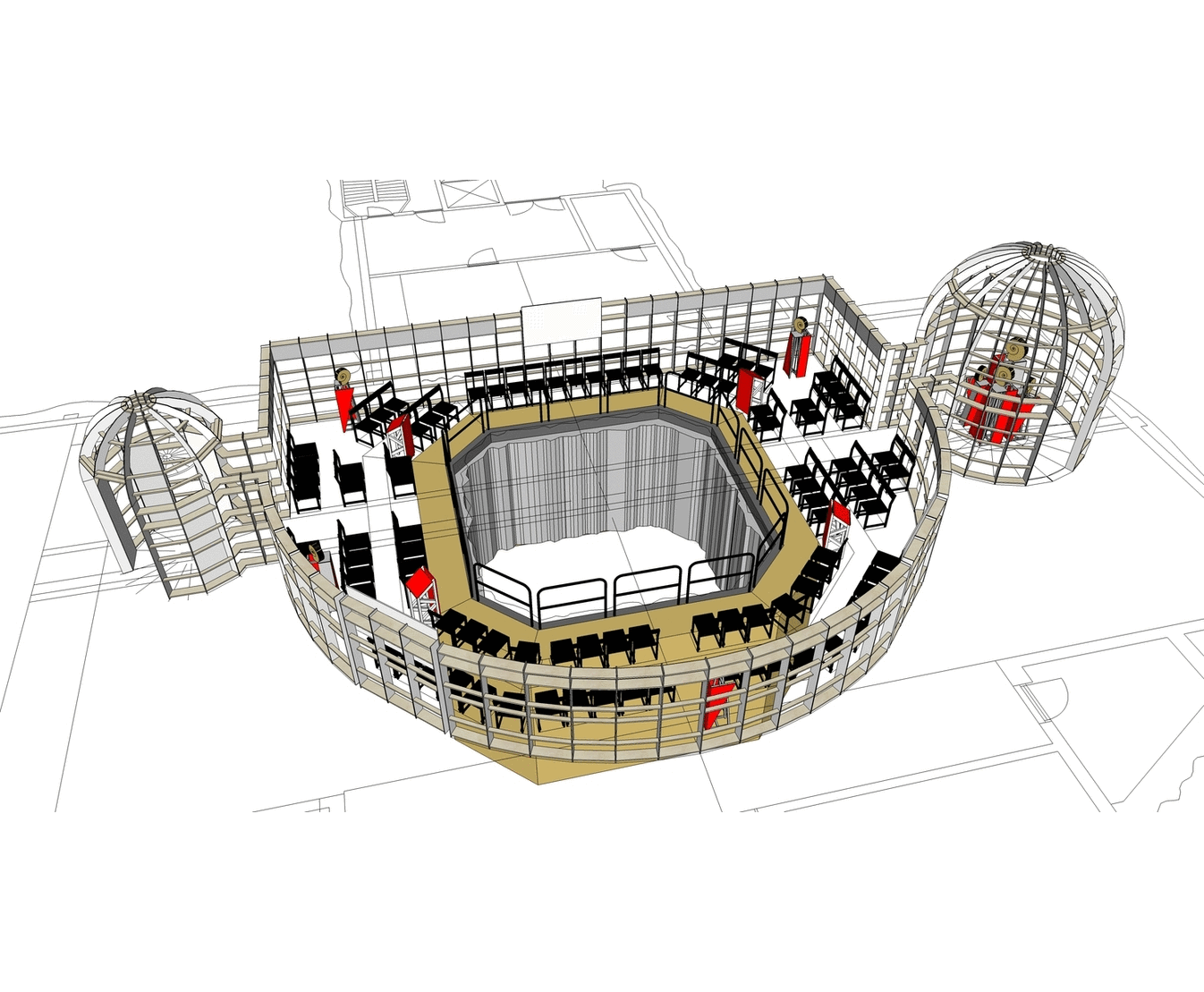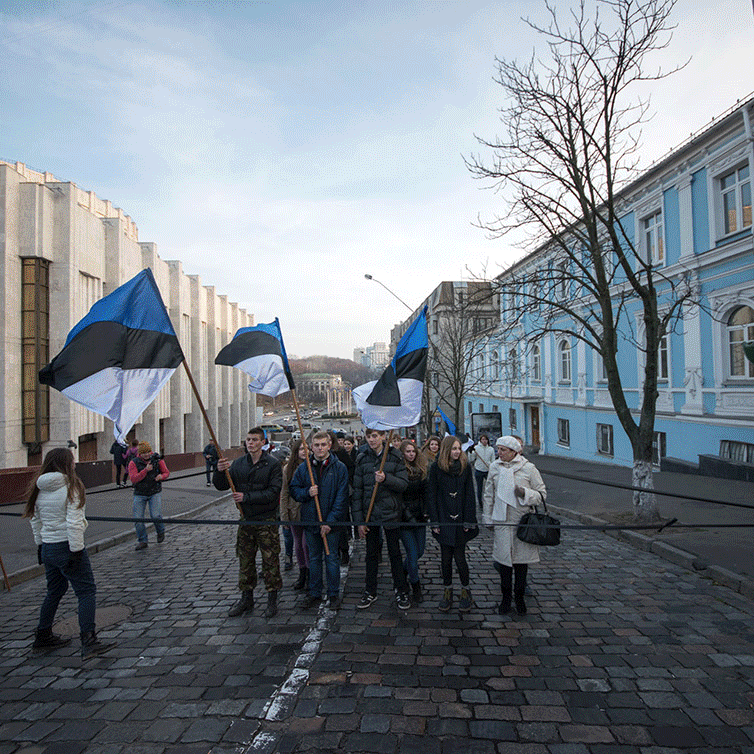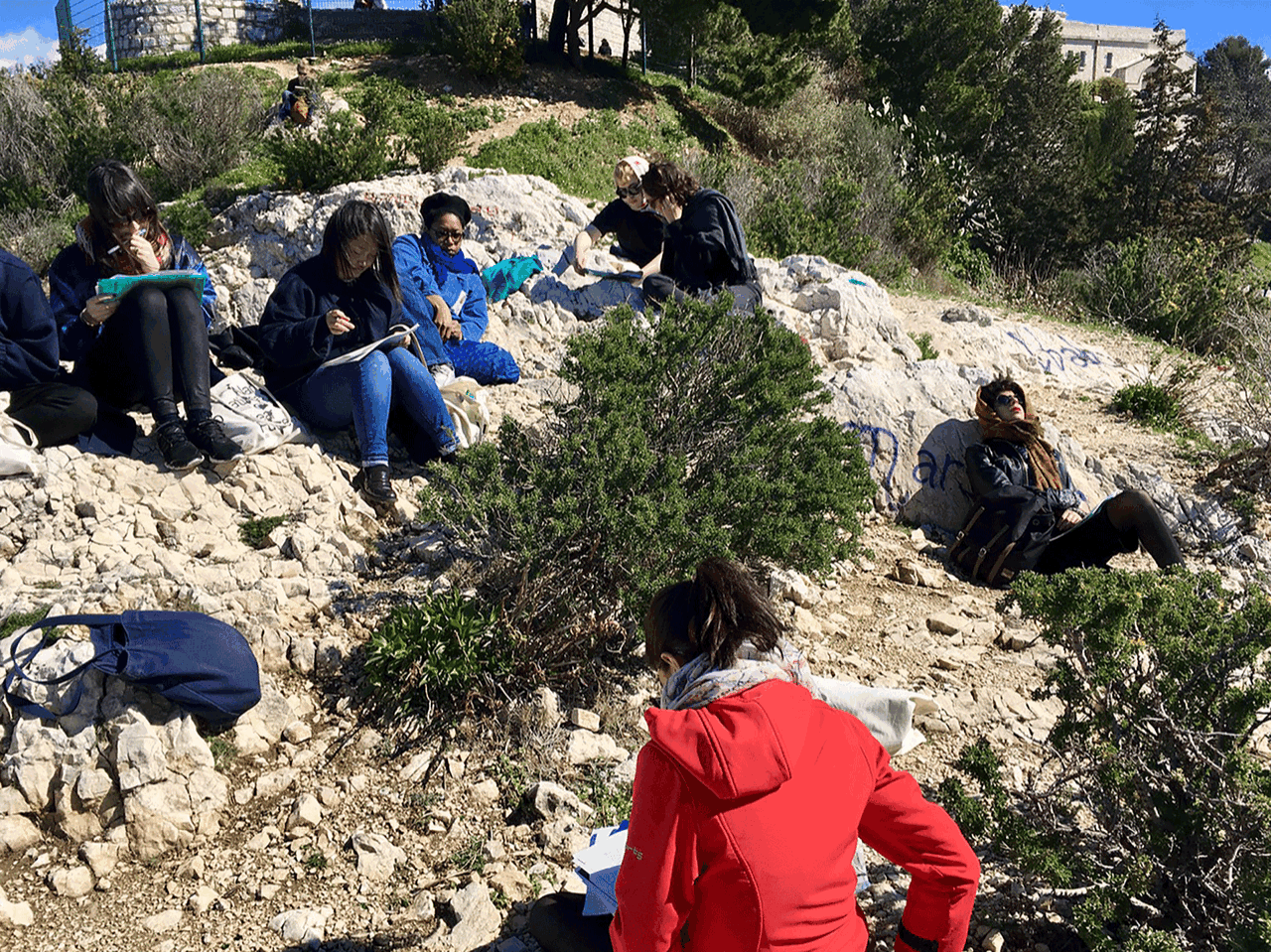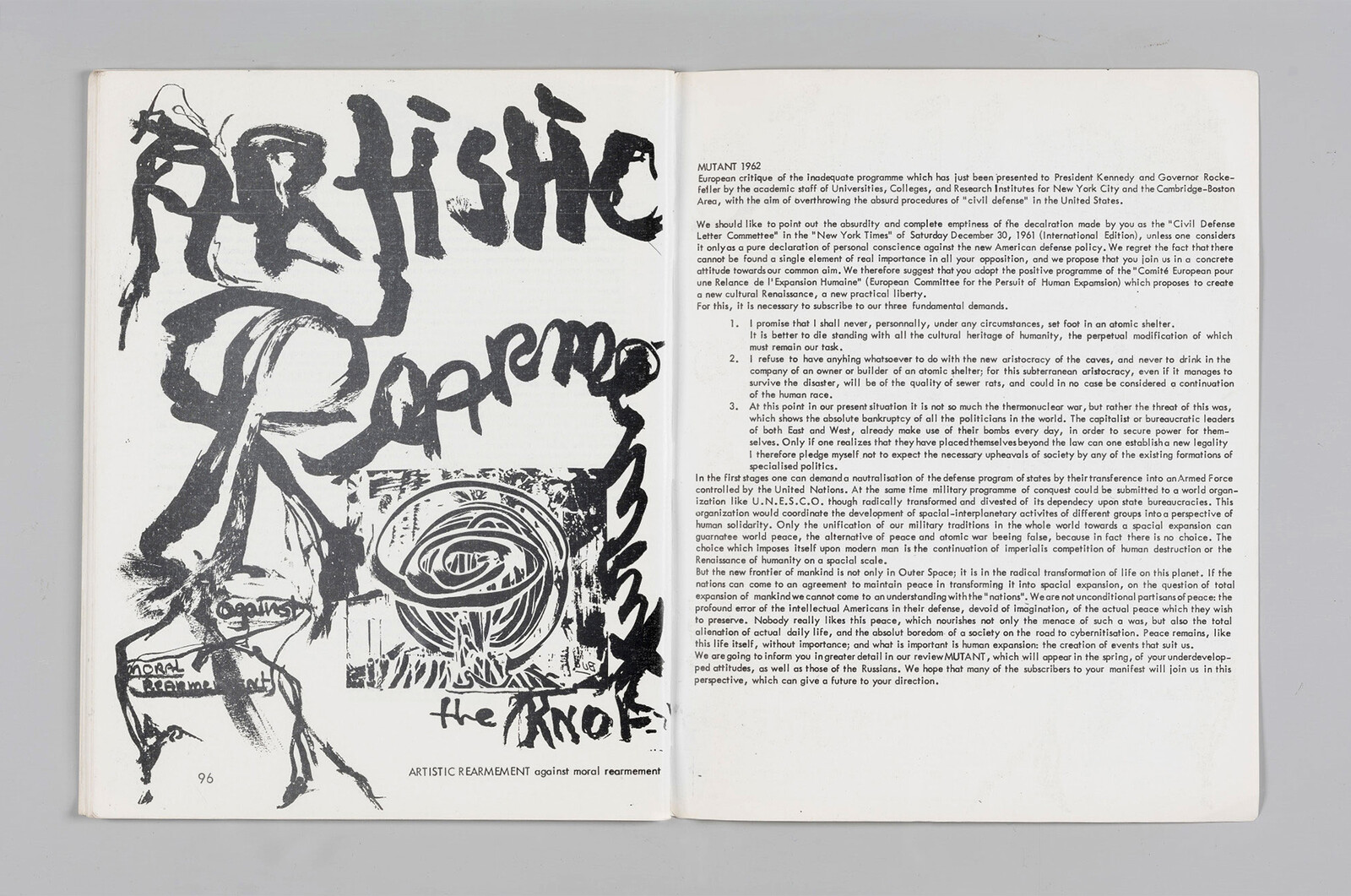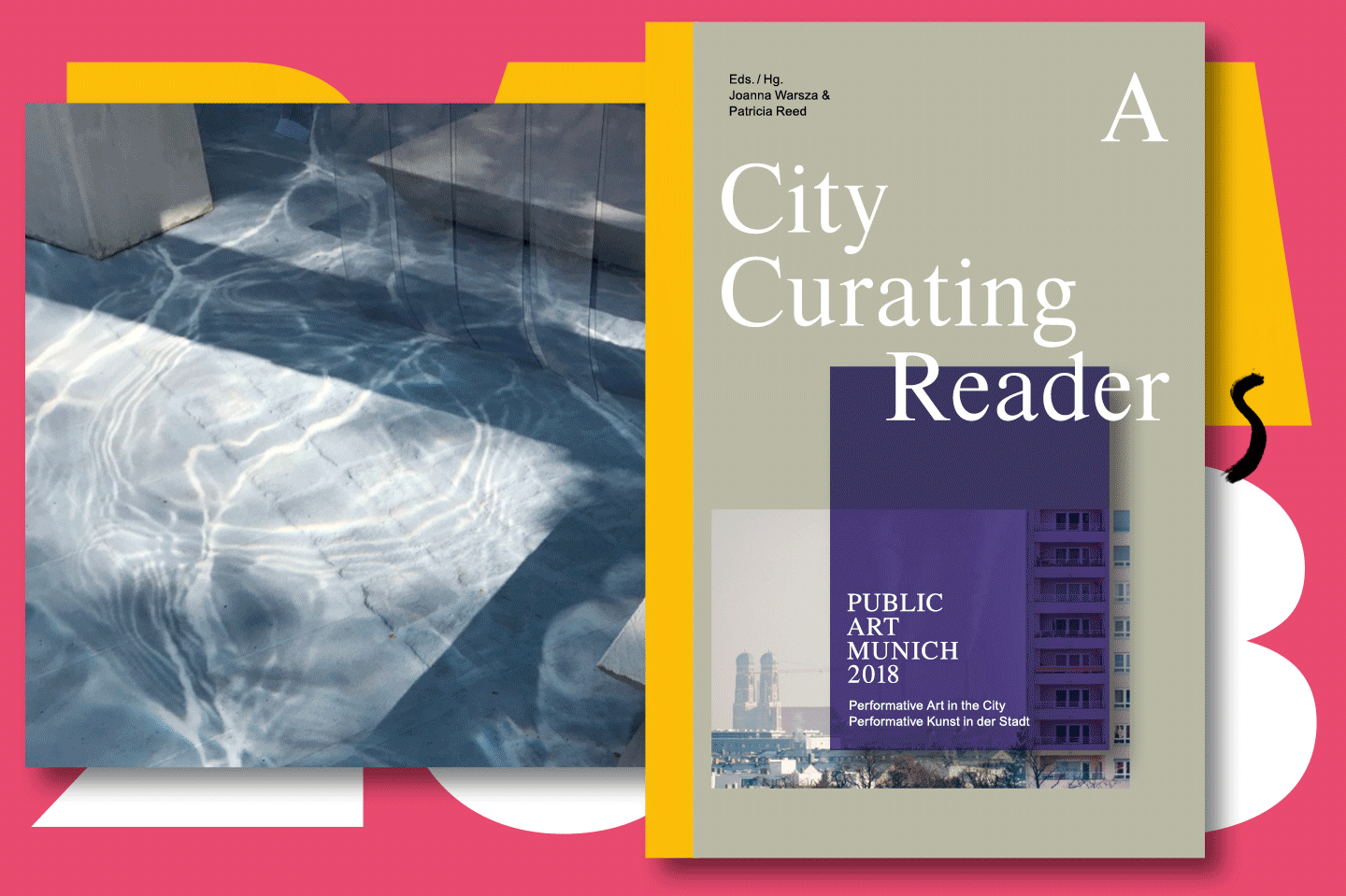Sven Lütticken Read Bio Collapse
Sven Lütticken is associate professor at Leiden University’s Academy of Creative and Performing Arts / PhDArts, and he coordinates the research master’s track Critical Studies in Art and Culture at the Vrije Universiteit Amsterdam. His books include Objections: Forms of Abstraction, Vol. 1 (Sternberg Press, 2022) the critical reader Art and Autonomy (Afterall, 2022), and the forthcoming States of Divergence (Minor Compositions, 2025).
In the current political climate, neither your average plutocrat nor cultural administrator is ready to tolerate the “autonomy” of cultural and educational institutions, whether in the vein of pluralism or partisanship, even when a genocide is unfolding before our eyes. (And forget about enjoining historical and geopolitical context.) This makes it ever more clear that autonomy’s philosophical aesthetics should be approached in a spirit of genealogical-critical inquiry but also contested—not just discursively, as it has been for years, but also practically.
If many in the West today have the sense that the world is coming to an end, it is very much their world that is ending; other worlds were invaded and ripped apart long ago, yet the peoples in question refused to disappear—or, as with the Creole populations of the Caribbean, they became an unprecedented people spanning several aboriginal pasts, the long present of (neo)colonialism, and uncertain futures. Meanwhile the extractivist machine keeps accelerating—even amidst the symptoms of planetary collapse. The million-dollar question—to use an inappropriate metaphor—is to what extent contemporary forms of asymmetrical schismogenesis can maintain or produce forms of life in opposition to financialized and racialized capitalism.
As “collective projects” and “collective agency” take on new and complex forms, how can processes of collective self-identification be grasped—not just historically, but also for the social media–driven present? How can such processes be intervened in and shaped? What is the role of disidentification between various “peoples” who cast each other in the role of other, alien, enemy? Are divergences always motivated through negation, by opposition?
After decades of There Is No Alternative ideology, we see a pathos of the possible that aims to quell fears about empty possibilities without potentiality. But what are the potential possibilities—as opposed to largely hypothetical ones? In Peter Osborne’s characterization, the space of art is project space, and hence the space of the projection of possibilities and the presentation of “practices of anticipation.” And indeed, much contemporary aesthetic practice is possibilist—from speculo-accelerationist “we were promised jetpacks” retro-Prometheanisms to various forms of social and political practice seeking to foster and form alternative forms of assembly and cooperation.
It may seem like the pinnacle of frivolity to discuss formal concerns in the present state of exception, yet I would like to insist that form matters, vitally, more than ever. “Formalism,” of course, has long had a bad reputation. The term was weaponized both by Stalinists and by reactionaries in early- and mid-twentieth-century debates about modernism, with the frequent implication that modern art was devoid of meaningful content and social use value. The 1960s witnessed the greatest triumph and ultimate downfall of formalism in art criticism—although, in keeping with the term’s bad reputation, critics such as Clement Greenberg and Michael Fried did not necessarily self-identify as formalists, but rather as modernists. Today, after decades of Greenberg-bashing, a set of contemporary neoformalisms—in theory as in aesthetic practice—often conceives of form in social terms.
More recently, a neoliberal ideologization of the self-sufficient, entrepreneurial self or “sovereign individual” has fed into an online and offline culture of entitled (male, white) trolls and thugs—the yuppie as the larva of the fascist. When a sense of eroding privileges is essentialized, a life reduced to survival can quickly be translated into phantasms such as “white genocide.” However, (seemingly) progressive forces are clearly not immune from the social pathologies of the age. The need for coalitions is constantly frustrated by jockeying for position through the construction of hierarchies of grief. In a volatile cultural economy, the accumulation of cultural capital often seems to prevail over the need to build infrastructures of coexistence.
While there are notable exceptions, especially in literature and the cinema, on the whole the art of the “first responders” of the late 1940s and ’50s tended to stage the postwar nuclear age as existential tragedy rather than as a political issue. In his conclusion, Newman asks and asserts: “Shall we artists make the same error as the Greek sculptors and play with an art of overrefinement, an art of quality, of sensibility, of beauty? Let us rather, like the Greek writers, tear the tragedy to shreds.” In much 1950s art, the possibility of a total and remainderless destruction of culture and of life is evoked, yet at the same time symbolically conquered through the proliferation of tattered, ravaged, or starkly simplified and thereby sublime and existential forms. In 1958, during an antinuclear conference in Tokyo, the philosopher and antinuclear activist Günther Anders visited the memorial of the nuclear bombardment in Hiroshima. Its abstract arch, which only appeared symbolic “because the non-functional always suggests symbolism,” reminded him of American abstract expressionism and its endorsement by the US, even by the War Department itself.
